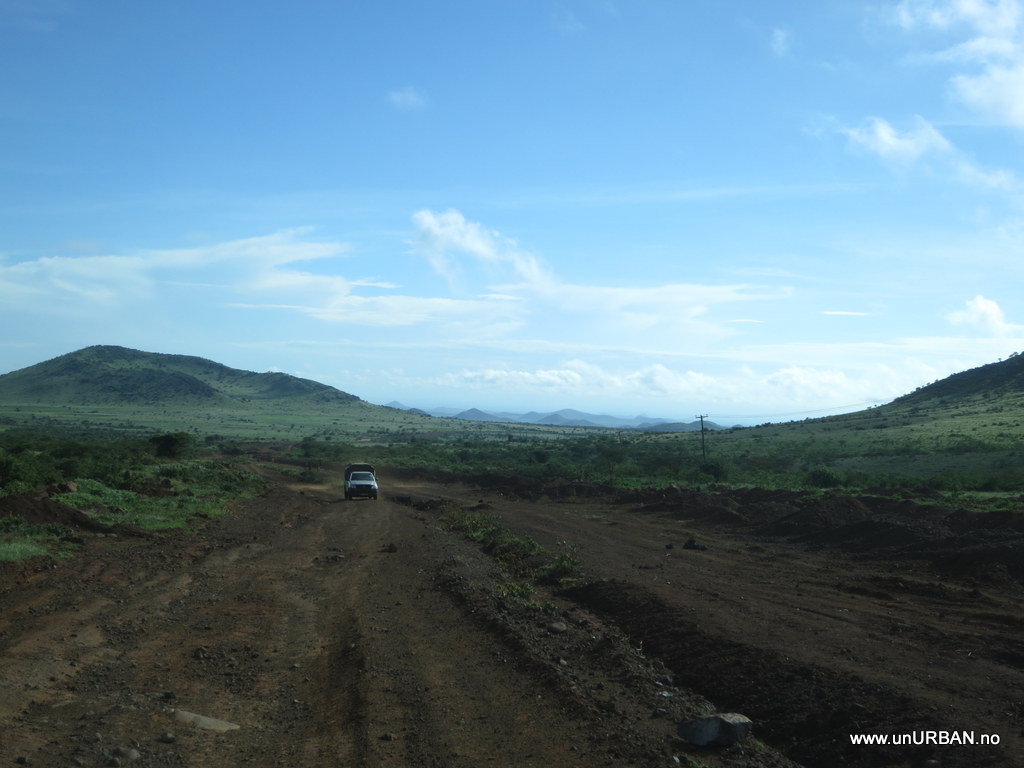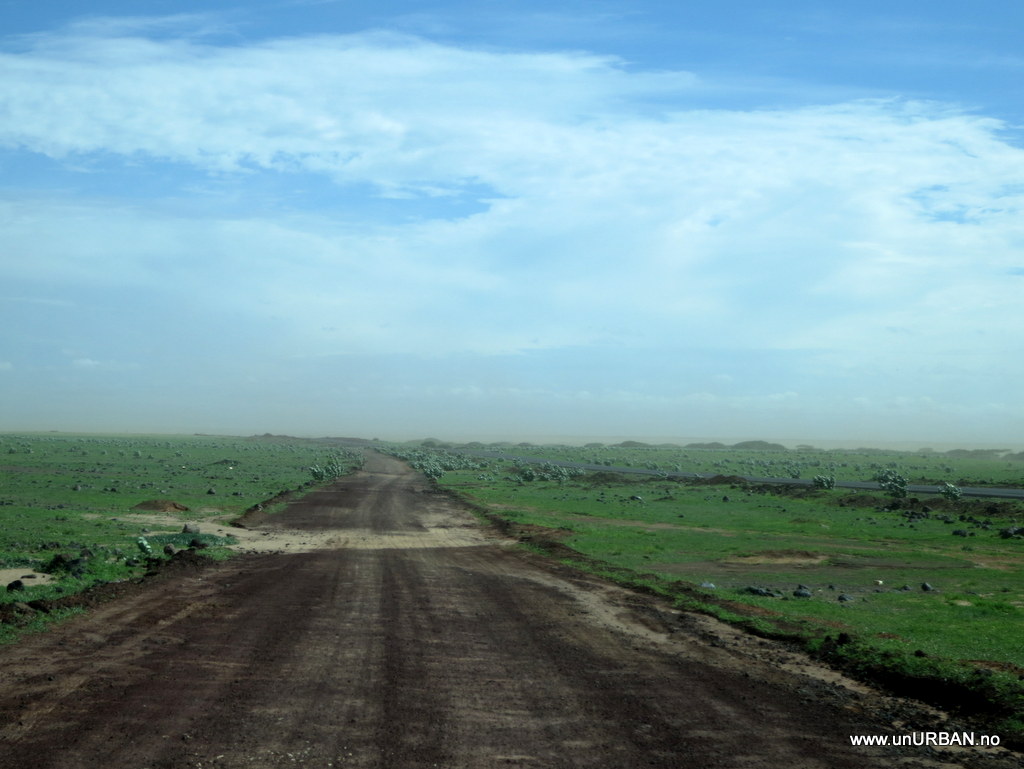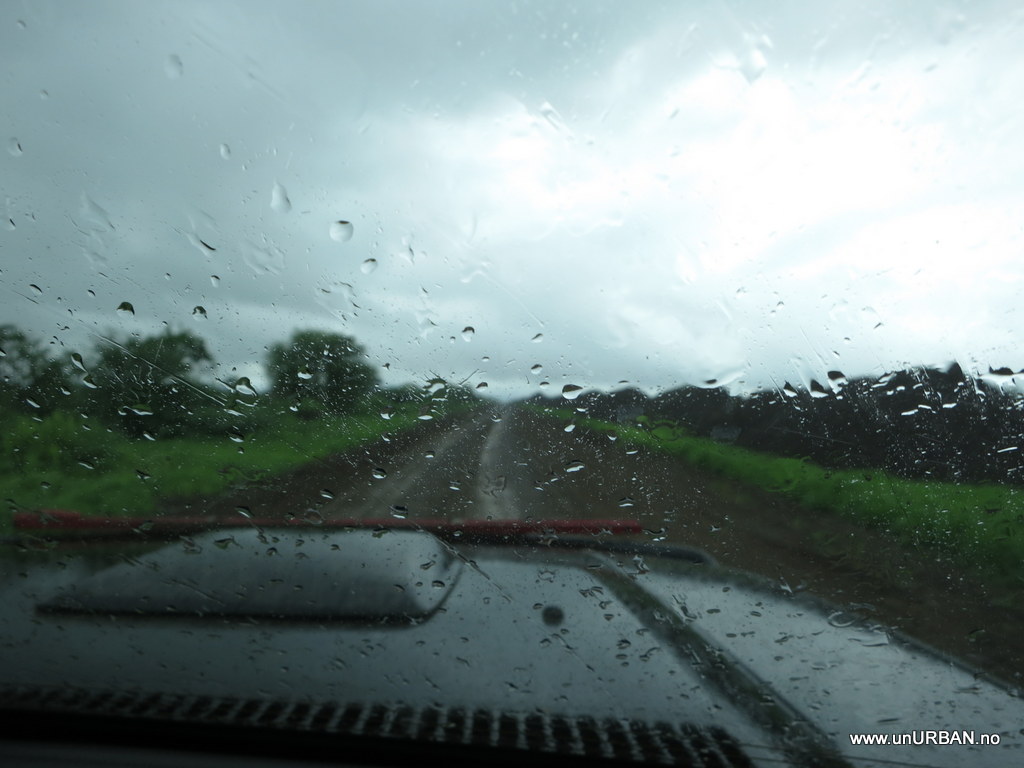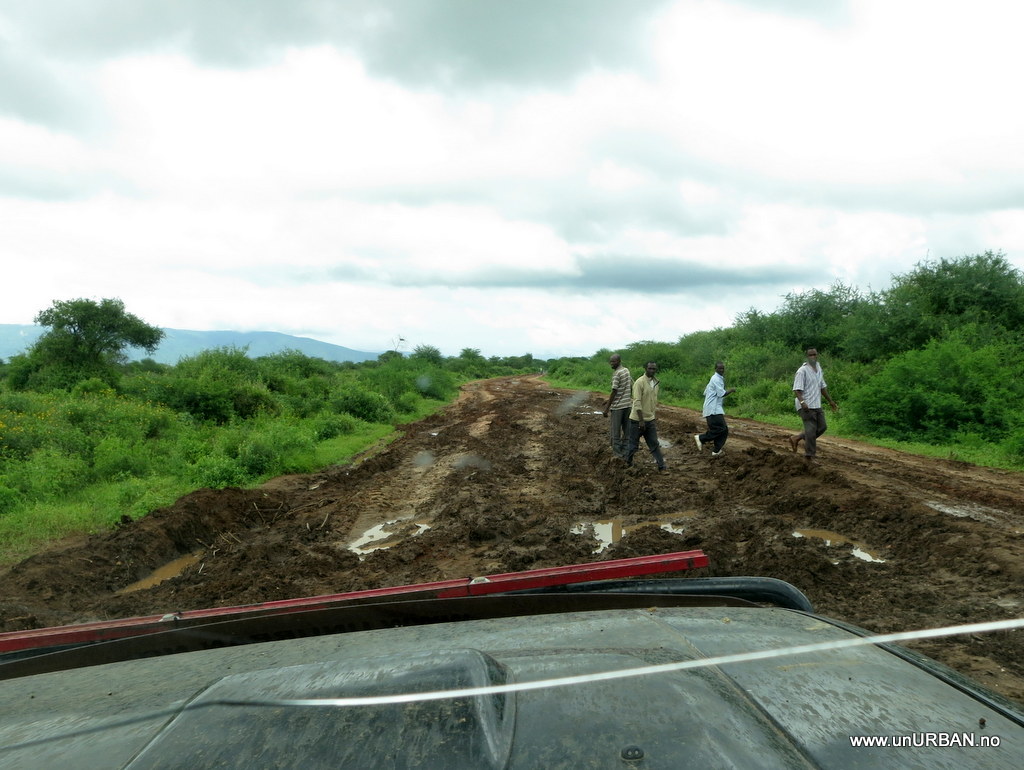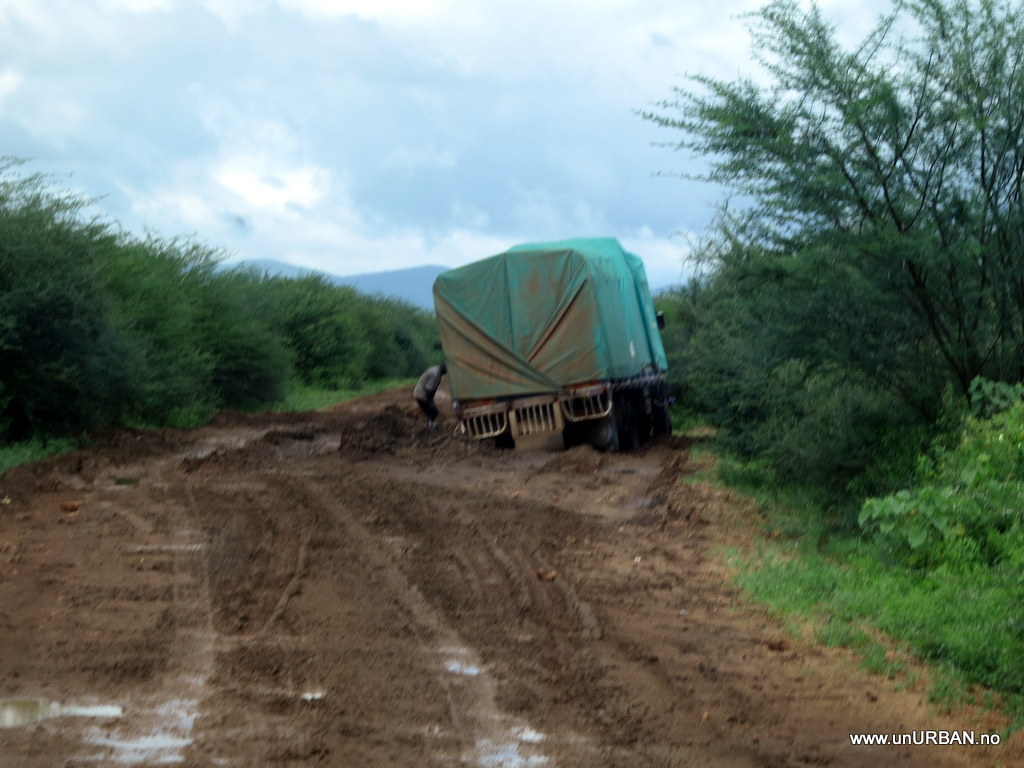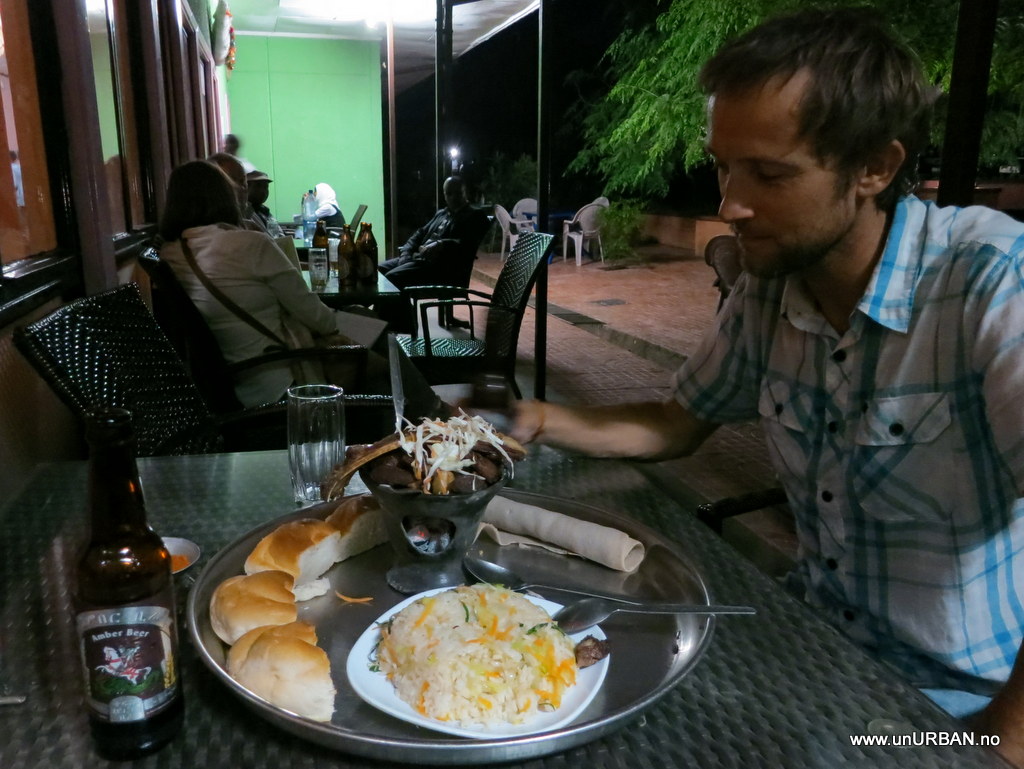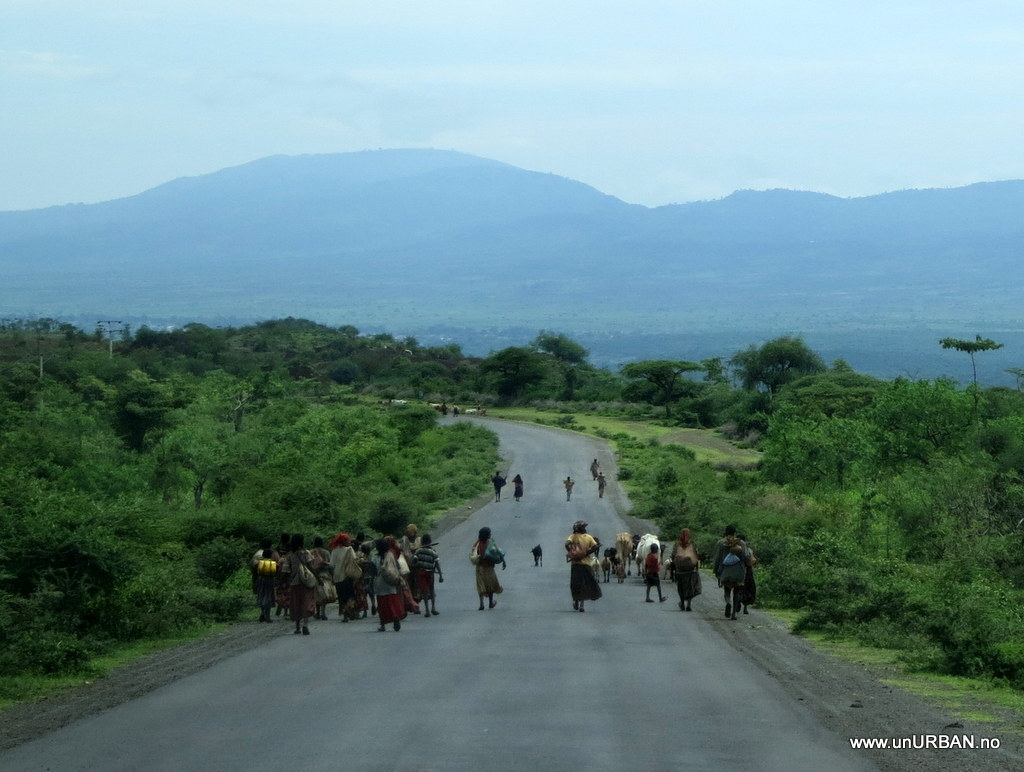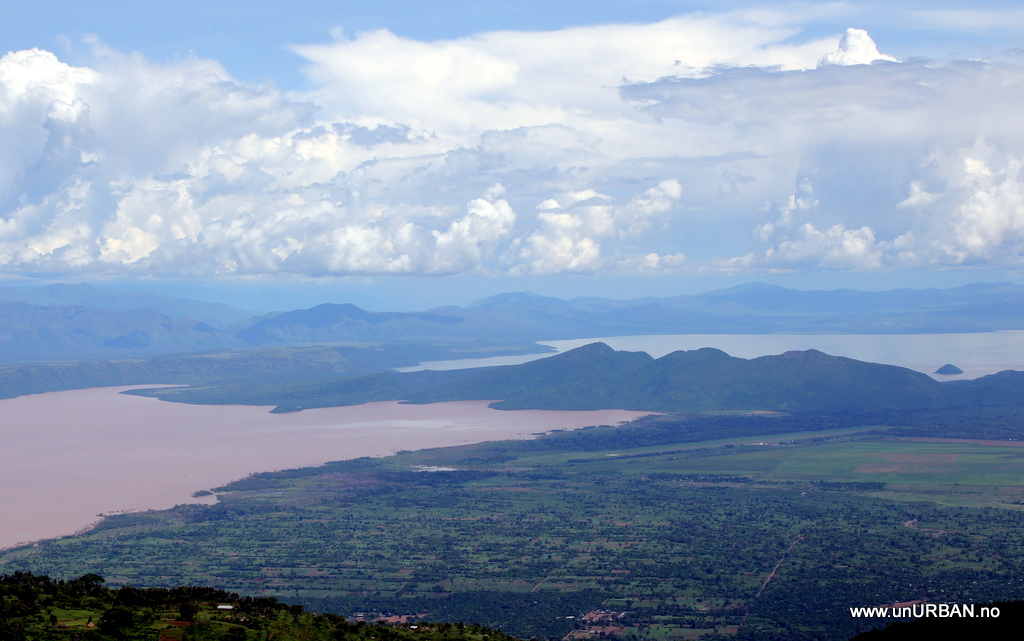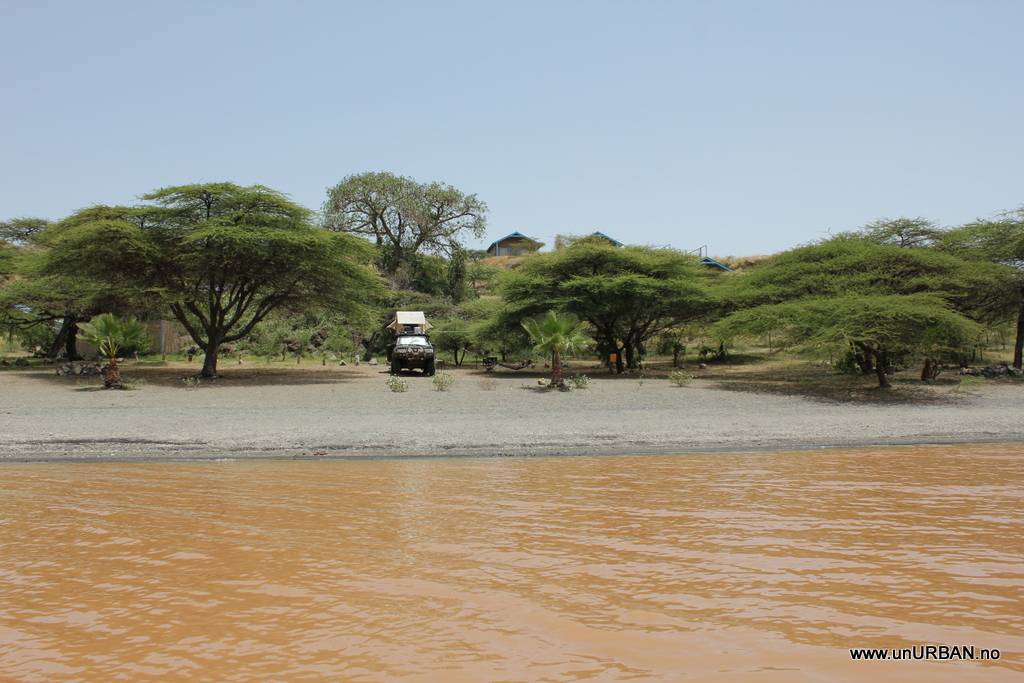Southern Ethiopia
After a long day on the Marsabit Moyale road and then doing the border crossing from Kenya to Ethiopia it was time to call it a day. Our first night in Ethiopia was spent in a hotel 1, 5 km from the border. There we were also served out first Ethiopian meal, grilled goat meat with the traditional injera, bread, rice with vegetables, and a local beer. It tasted really good after a long day on the road.

The next day we followed the main road north until Yabello where we took off towards Konso. Konso people are farmers and have built some amazing terraces to be able to grow their crops in the hills. This area is also the eastern end of the Lower Omo Vally which is famous for its many different tribes. As we found camping for the night just outside Konso town, it did not take long before we were asked if we wanted to take a tour to one of the tribes. It would be really fascinating to see some of these tribes and learn more about their culture, but reading the blogs from people we have meet on the road that did visit the Mursi tribe, it does not sound like tourism have done anything good to this people. You can read more about Taniya and Clive’s experience in Mursi here, quite a bit down in the blog post
http://catsitchyfeetcom.ipage.com/CaTs_Itchy_Feet/Blog/Entries/2013/2/18_Awassa_-_Ethiopia.html
On our drive from Moyale to Konso you could also notice a difference in the children’s and some adult’s behavior. The people from Moyale and northwards didn’t pay us too much attention, but the closer we got to Konso, more and more people were begging when we passed them on the road. Kids where shouting for sweets, pens and plastic bottles. We have had the same in other areas where people and tribes are exposed to tourism, like the Himba people in northwestern Namibia, children in the southern part of Mozambique, and in the Turkana area. We decided to skip the rest of the Omo valley and the tribes.
Andreas blog (for those speaking German or use Google Translate)
http://www.toyotours.com/Weltreise/BlogBilder/afrika/AethiopienBericht.html
During the night it had rained, and as we were leaving Konso a man flagged us down and told us that the road was closed 30 km further ahead. Trucks and cars would have to turn around. We decided to have a look for ourselves and see if the conditions would change since it had stopped raining. There were some muddy parts and a bit of water in some small river crossings. The crux was a part where the water was digging away the road and it had made a rather sharp curve in the road. We saw some trucks with long trailers that had parked because they would not be able to get around the curve without the trailer falling in and there was no place to turn as it was wet and muddy. Other 4x4 and small trucks got around and so did we without a problem. There was quite a few locals hanging around and this was probably todays happening and entertainment.
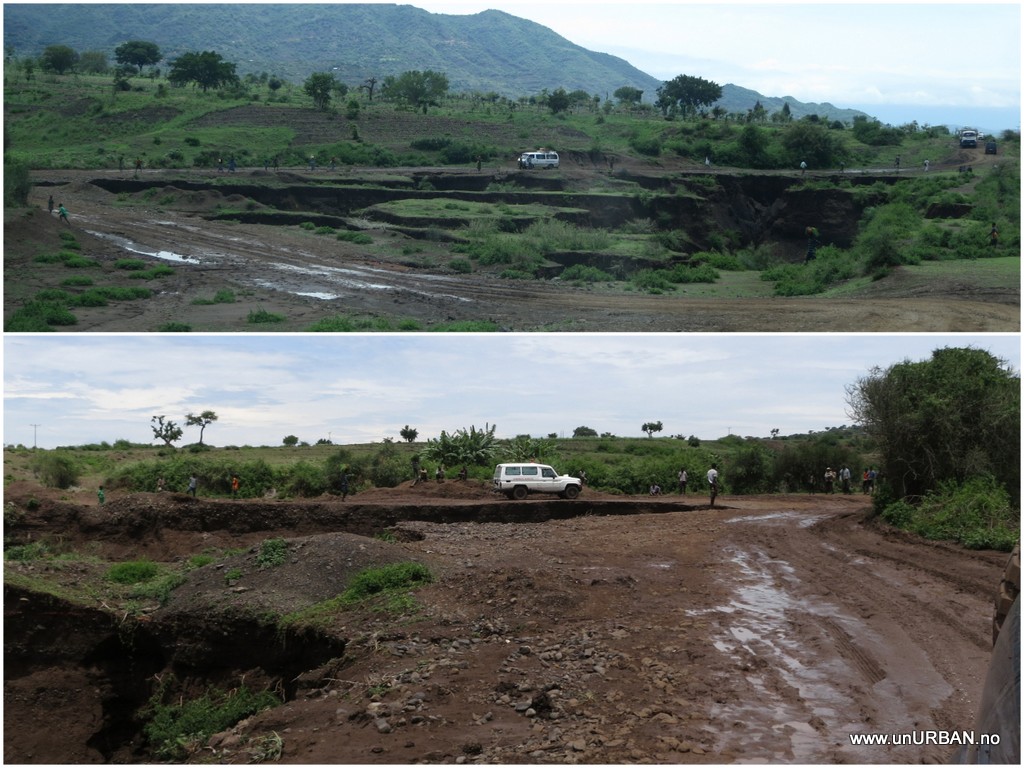
Along the road from Konso to Arba Minch, children did a dance as we drove past them, and then they were holding out their hand and asked for money. This dance is not just performed for us tourists, but for most vehicles on the road.
Driving in Ethiopia you really have to pay attention. In some areas it seems like the whole village is herding their cattle and flocks of sheep along and on the road. Maybe this is the only place for communal grazing as most of the land around the road is farm land?? Then there are ox and donkey carts that you have to navigate around. Beside dancing children there are lots of other people too. When you drive through a small town you really have to pay attention as the road through the village works like the local plaza and meeting area. It seems like some people are not used to cars at all, or even to consider that cars can do them any harm. People that want to cross the road does not look around to see if there are cars coming, they will just walk straight into the road looking the opposite way.
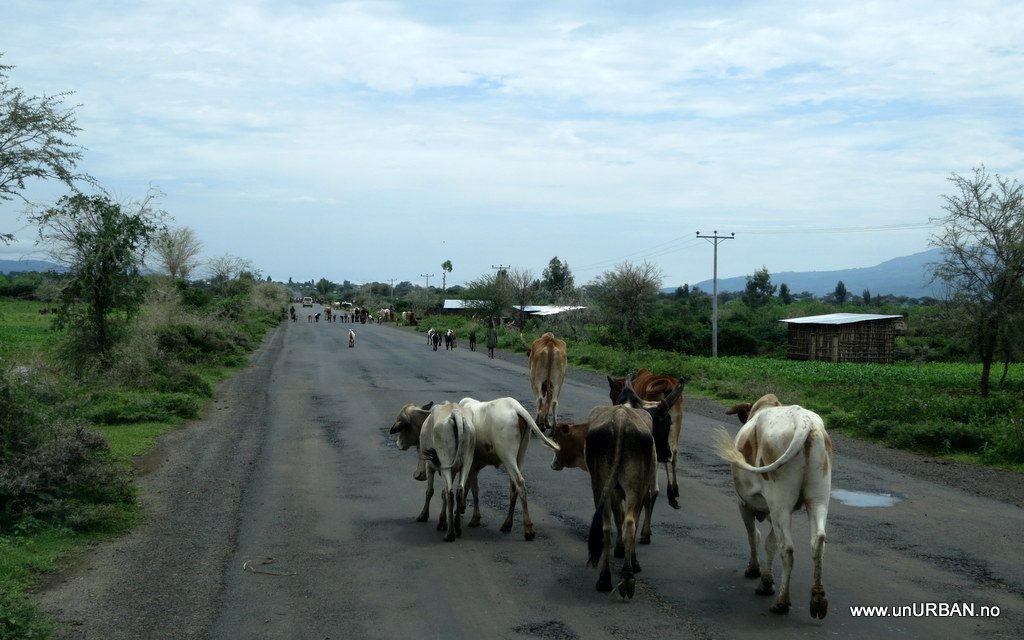
While we traveled the Americas we meet Janet and Tom. Before the Americas they had several overland trips in Africa and as they talked about their experiences, showed us photos and videos from Africa, we really felt inspired to go there. But one of their stories made a bigger impression than any other. Janet told us that one day as she was driving slowly through a small town in Ethiopia a group of people on the road split into two groups, one on each side of the road. One small boy decided to change side and ran a cross the road just in front of the car. Janet was not able to stop and she hit him and he fell on the ground. She waited for him to get up, but he did not. The boy had hit is head and was injured. Janet is a nurse so she did what she could for him there and then brought the boy and his father to the closest clinic, but the boy died on his way there. In their blog (
http://www.adventurouspirits.com/africa-2005-06/ethiopia.php) they write more about this terrible accident that is one of the worst that you can experience as an overlander. While driving through villages and small towns where the road is full of people Janet’s story run through our minds. It is just to take it slow and pay attention.
We had heard that in Dorze it was possible to do a good cultural tour in the village and that this is one area where they have managed to handle the influx of tourists well. From Lake Abaya it went up and up to Dorze Lodge at 2300 meters, and from up there it was incredible views over the Rift Valley and the lakes.
From the lodge we booked a tour through the village and we visited a Dorze family. The family showed us their home and they prepared some traditional food made from the false banana tree. Dorze is famous in Ethiopia for their weaving. The women are spinning from cotton that they buy from the lowland and the men are weaving. Here, the son in the family is demonstrating the weaving technique for us.

It was really interesting to see and meet the Dorze people, but we still do not know if this is the right way to do it. It could be that it is just us, but we don’t feel totally comfortable visiting people this way. It feels strange to pay people money to see their houses and a little bit of their life. But it is also an opportunity for this family to make some money from tourists coming to their area. To turn it around, if you wanted to learn about the Norwegian culture, national costumes, and the Norwegian way of living, you would visit a museum. In Africa there are not so many museums that display this, so the only way to learn some is to meet the people in their daily life. Would you allow a tour group into your home to show them how you live and how you prepare dinner?
Before going in to Addis Ababa and starting the visa process we wanted a few relaxing days. We found the perfect place at Lake Langano where we could camp on the beach by a red lake. Most rivers and lakes in Eastern Africa have the bilharzia parasite, but Langano do not and is therefore safe for swimming. So for the first time since Zanzibar we had some relaxing days on the beach.
Next stop Addis Ababa.
Malin

